Welcome to our comprehensive guide on post-birth complications in cats. A cat giving birth can be a joyous occasion, but the journey doesn't end there. The time right after birth can pose significant challenges, just as in human pregnancies.
This guide will cover an array of complications, from common to rare, highlighting the signs and symptoms you should keep an eye out for. In certain instances, these complications could lead to medical emergencies, making prior preparation and quick response essential.
Read on to ensure you're fully prepared to support your cat and her kittens through this critical period.
Remember - spaying your cat is the best way to avoid potential complications which could end up being stressful and expensive to deal with. Read more about the importance of spaying and neutering cats here.
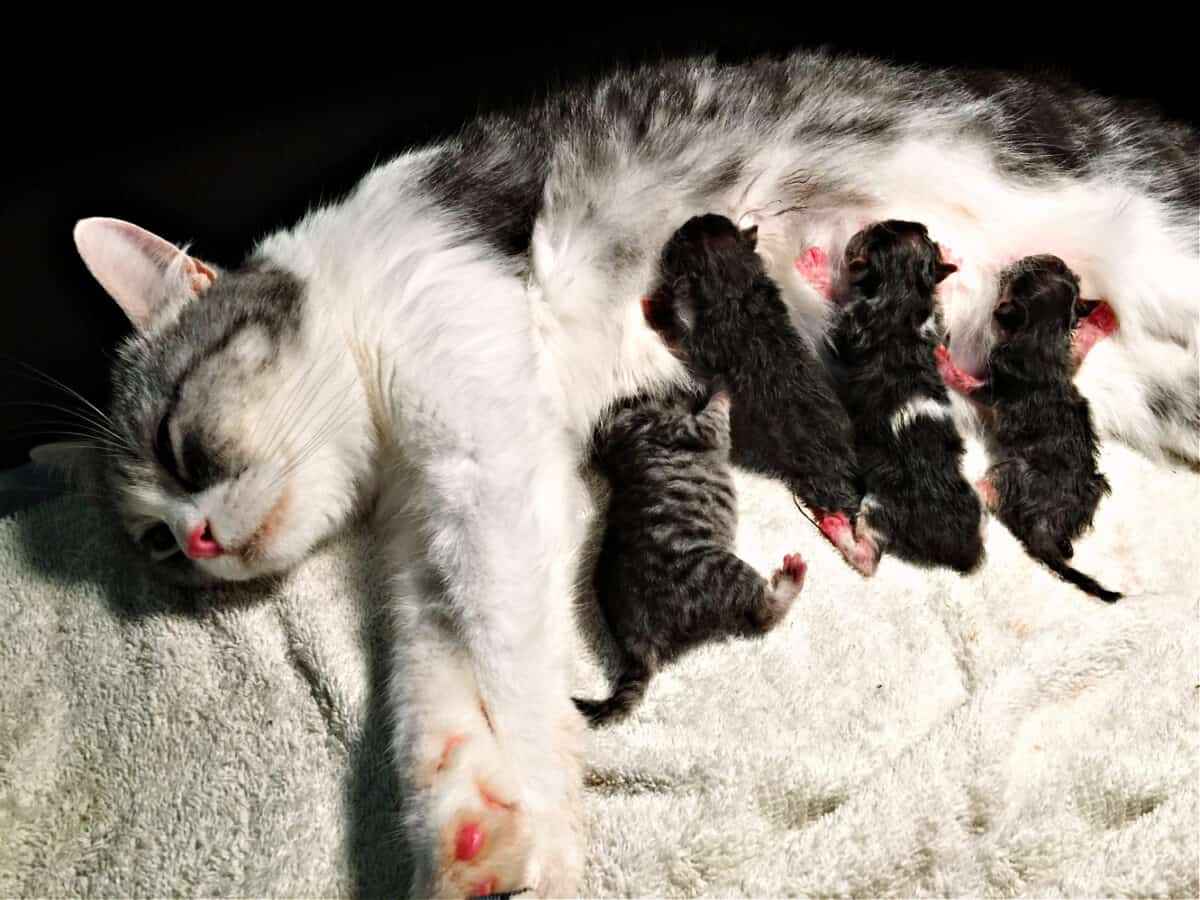
After Your Cat Gives Birth
Addressing the challenges of a cat's pregnancy is merely the starting point; the subsequent journey, particularly following birth, often proves to be the real test.
The vulnerability of newborn kittens parallels that of human infants - they can face a plethora of health complications that require your attentive care.
This guide aims to equip you with an understanding of the various signs and symptoms associated with these complications.
As some of them could swiftly escalate into medical emergencies, advanced knowledge, and preparation are crucial for the health and survival of your cat and her kittens.
Possible Complications After the Kittens Are Born
Kitty had her kittens and now things should go smoothly, right? Not necessarily. There are a number of complications that you need to watch out for.
Potential Complication #1: Dysgalactia
That is the medical term for insufficient milk to feed the kittens. If the kittens are restless or constantly crying, it could be because they are hungry.
Milk supply should increase as Kitty feeds them—if not, you’ll have to supplement the supply and bottle feed them every couple of hours.
Potential Complication #2: Galactostasis
Swollen and full mammary glands can be a problem, too. You’ll need to apply warm compresses to ease Kitty’s pain. Symptoms, besides the visual, are general discomfort and tenderness to the touch.
Potential Complication #3: Mastitis
This is often seen in combination with Galactostasis and means there is a bacterial infection in one or more of the mammary glands.
Symptoms will include glands swollen and hot to the touch, discolored milk (brown or reddish) that indicates white or red blood cells in the milk, lack of appetite, listlessness, and refusal to nurse the kittens.
Kitty will need a vet visit and the kittens will have to be fed by bottle.
If you don’t treat this, the kittens will be prone to infection, malnutrition, and even death. Kitty can have further complications. This calls for immediate veterinary care.
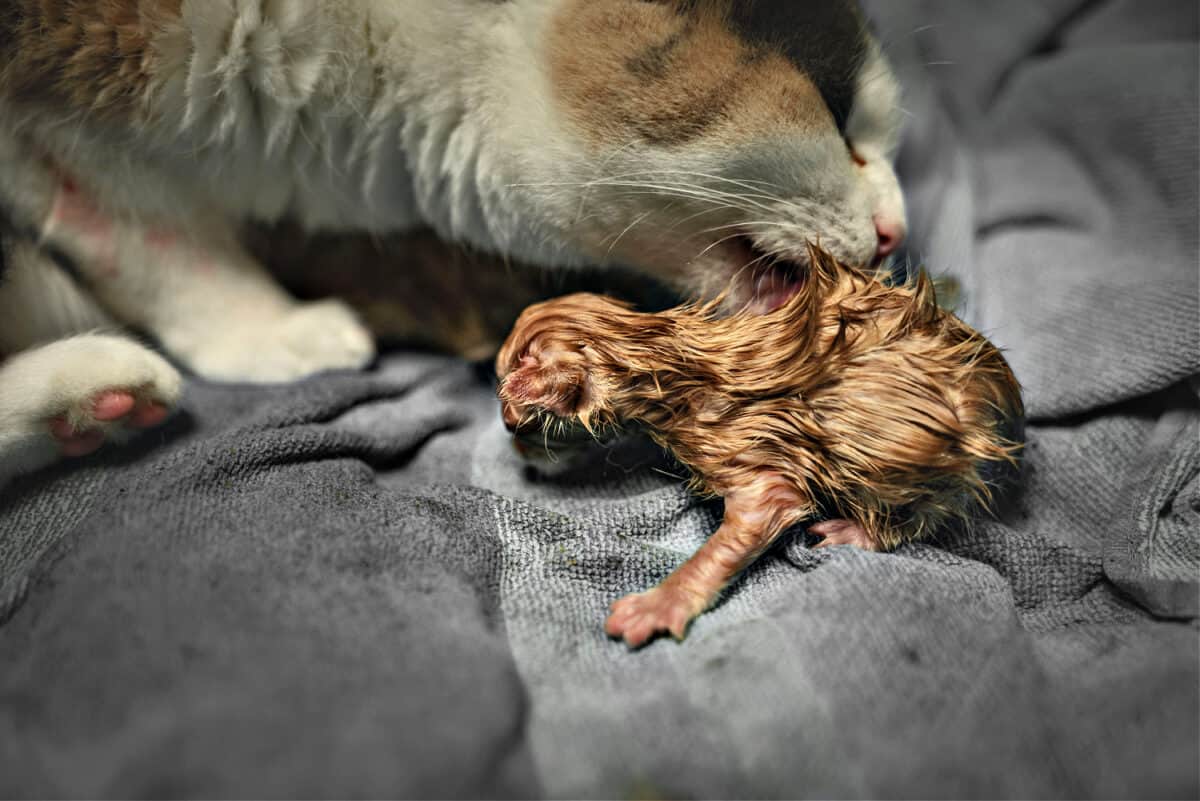
Potential Complication #4: Eclampsia
This is when Kitty suffers a severe loss of calcium which is known as hypocalcemia. What to look for: trembling of the muscles, high fever, loss of appetite, agitated behavior, excessive panting, and difficulty walking.
If left untreated, it will be followed by muscle spasms, pale gums, drooling, seizures, and a general lack of coordination.
This is an emergency situation. If calcium is not replaced, death may occur in a matter of hours. Some cats have a pre-disposition for eclampsia and if so, it will occur with each litter.
Potential Complication #5: Metritis
If a fetus or the placenta is not delivered, Kitty will develop a uterine infection. The symptoms are fever, loss of appetite, refusal to nurse the kittens, and lack of energy or interest.
Do not leave this untreated. See the veterinarian at once.
Potential Complication #6: Postpartum Hemorrhage
Bleeding after the birth of the kittens, which may be extreme, is life-threatening to Kitty. Seek immediate veterinary help.
Potential Complication #7: Agalactia
This is a failure to produce milk. Most often it is a failure to express the milk. Encourage the kittens to try, while supplementing with bottle feedings. This condition can be brought on by premature birth or stress.
Staying Vigilant: Post-birth Care for Your Kittens
The Next Chapter: Post-birth Care
The journey with your cat doesn't conclude with the birth of the kittens; rather, it evolves into a new, critical phase.
This period requires your undivided attention, bolstered by essential supplies like milk supplements and bottles, should your cat be unable to nurse her kittens.
Recognizing Symptoms: Be Observant
Your role in this chapter isn't merely to provide food; it's crucial to stay vigilant and watch for any signs of health complications.
Some issues may require a patient approach, involving only supplemental bottle feeding every few hours, day and night.
Immediate Intervention: Veterinary Assistance
Conversely, other complications necessitate immediate veterinary intervention, regardless of the time or day.
Always be aware of the nearest emergency veterinary clinic's location, and ensure there's an alternate caregiver who can bottle-feed the kittens while you're away.
Keeping Them Comfortable: Providing Warmth
The newborn kittens will also need warmth, a requirement that can be challenging to meet, especially if the mother cat is unwell.
Even under these circumstances, she might still prefer to stay close to her kittens. Thus, plan to bring them along for any clinic visits.

Health Check: Possible Vet Examination
It's not unusual for the vet to request to examine the kittens too. This can help ascertain if any infection or bacteria has been transmitted to them, or if they are feeding adequately.
Do note that this additional examination may increase your veterinary costs.
SIGN UP FOR THECATSITE'S EMAIL UPDATES >
Handling the Unforeseen: Preparedness is Key
Embracing the journey of your cat's pregnancy and the ensuing litter of kittens isn't a task for the faint-hearted or those easily unsettled.
It's crucial to anticipate possible scenarios, equip yourself with knowledge, and be as prepared as possible.
Remember, the lives of your cat and her kittens hinge on your readiness and response.
The Mother Cat's Journey: Ensuring Her Wellbeing
While ensuring the health and safety of newborn kittens is paramount, never overlook the crucial aspect of caring for the mother cat.
Her well-being is equally significant and demands equal attention. Below, we detail key aspects of mother cat care that you should be mindful of.
Nutritional Needs for the Nursing Cat
Just as with human mothers, a cat who's just given birth needs additional nutrients to recover and produce adequate milk for her kittens.
It's advisable to feed her high-quality cat food formulated for kittens. These are nutrient-dense and help meet her increased dietary requirements. Ensure fresh water is always available to keep her well-hydrated.
Observing Behavioral Changes
Post-birth, the behavior of your cat may change significantly. She will be more protective, remaining close to her kittens, and might even display defensive behaviors if she perceives a threat.
This is a natural maternal instinct. However, if you notice extreme aggression or signs of stress and anxiety, it might be worth consulting with a vet.
Dealing with Rejection
In some cases, a mother cat may reject one or all of her kittens. This can be heartbreaking to witness but remember, it's usually driven by instinct.
If a kitten is ill or weak, a cat might instinctively reject it for the survival of the rest of the litter. However, human intervention can often help these kittens survive.
If the mother cat rejects her kittens, you will need to step in, providing warmth and feeding them a kitten milk replacer. It's also crucial to get them checked by a vet.
Always remember, this should be a last resort, and you should always try to facilitate natural bonding first.
Monitoring Her Health Post-Birth
Closely monitor the mother cat's health during the post-birth period. Any extended periods of lethargy, loss of appetite, or abnormal behavior should be discussed with a vet.
Regular post-natal check-ups are advisable to ensure she is recovering well from the birthing process.
The Mother-Kitten Connection: Facilitating Natural Bonding
Nurturing the bond between a mother cat and her kittens is a beautiful process to witness and support. It is crucial for the kittens' survival and development and also enhances the mother cat's well-being.
However, this process needs to unfold naturally and with minimal human intervention. Here are a few tips to help create an environment that fosters this special bonding.
Offering a Safe and Comfortable Environment
The mother cat needs a secure and comfortable space where she can attend to her kittens without disturbances.
Designate a quiet, warm spot in your home for her and the kittens. This should be a low-traffic area away from the hustle and bustle of household activities.
Minimizing Human Interference
While it's tempting to constantly check on the adorable kittens, frequent human interference can stress the mother cat.
Limit your interaction to necessary feeding, cleaning, and health checks. Let the mother cat and kittens interact and bond without unnecessary interruption.
Gentle Introduction of Human Scent
While unnecessary interference should be minimized, it is also essential for the kittens to get used to human scent early on.
You can achieve this by gently and briefly handling the kittens once a day, under the mother cat's watchful eye.
Always remember to wash your hands before touching the kittens to prevent transmitting any infections.
In Conclusion: A Labor of Love
Caring for a mother cat and her kittens post-birth is a labor of love, interspersed with moments of joy, anxiety, and immense satisfaction.
It's a delicate balance of providing care, creating a conducive environment, understanding the unique needs of the mother cat, and facilitating a natural bonding process.
This guide serves as a comprehensive roadmap, covering potential complications, providing tips for vigilant care, and strategies for successful mother-kitten bonding.
Keep in mind, your preparedness and responsiveness directly contribute to the well-being of the mother cat and her kittens.
Every cat and litter is unique, presenting different challenges and rewarding experiences. Don't hesitate to seek advice from veterinarians and fellow cat owners.
After all, this is not just about the survival and health of your cat and her kittens, but also about the joy and fulfillment that comes with being a part of their lives.
SIGN UP FOR THECATSITE'S EMAIL UPDATES >
Comments? Leave them using the form below. Questions? Please use the cat forums for those!
Note: We may get commissions for purchases made through links on this page.

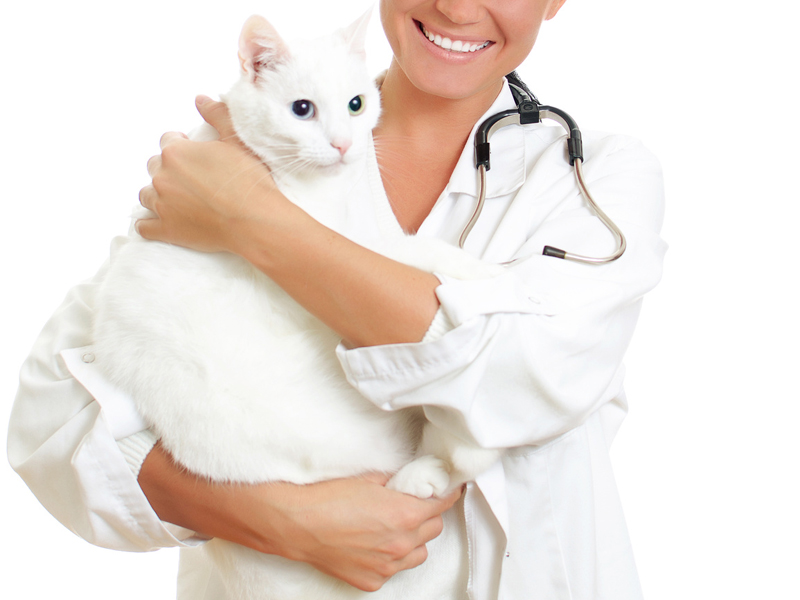
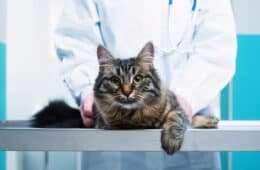
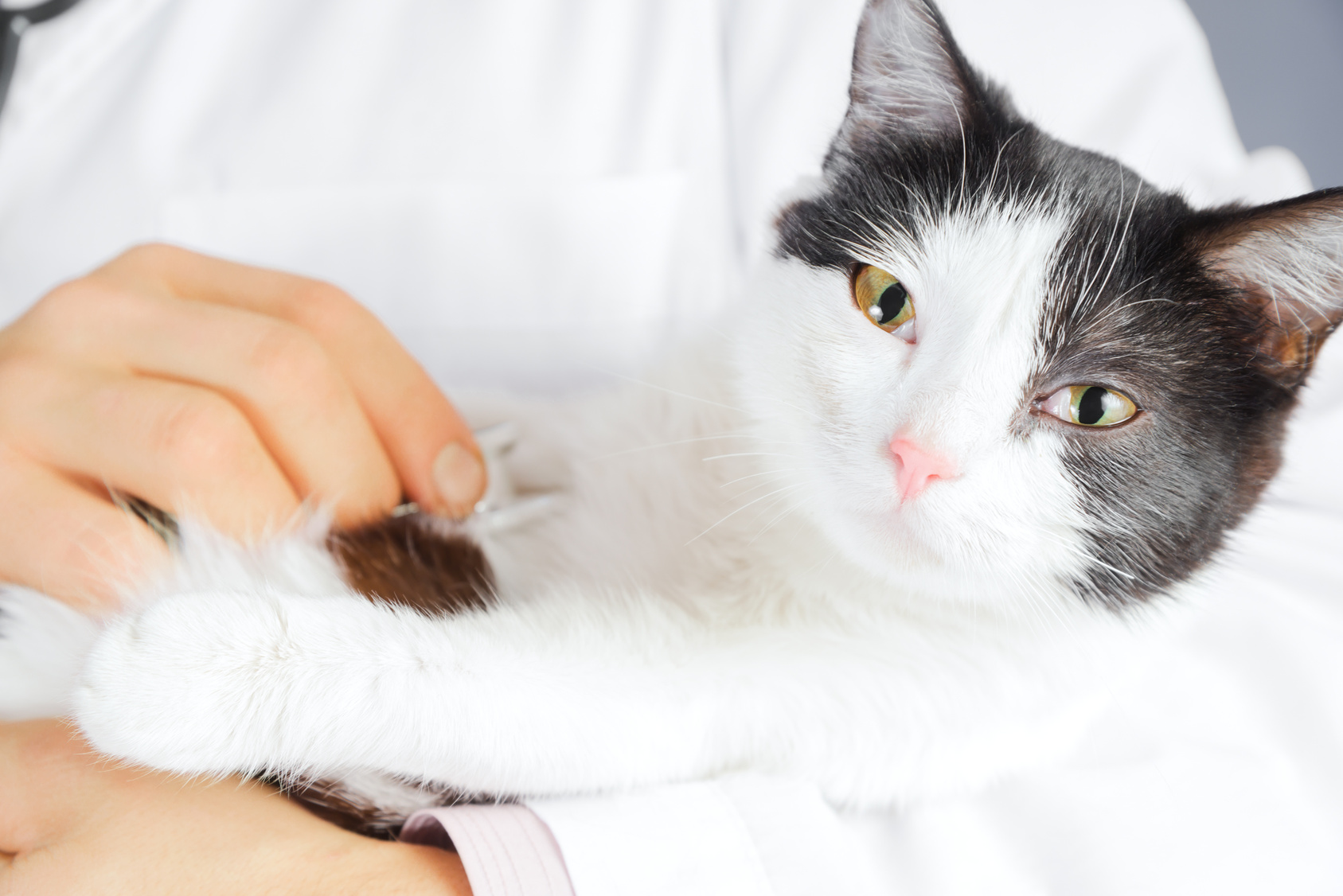
6 comments on “Post-birth Complications In Cats [A Comprehensive Guide]”